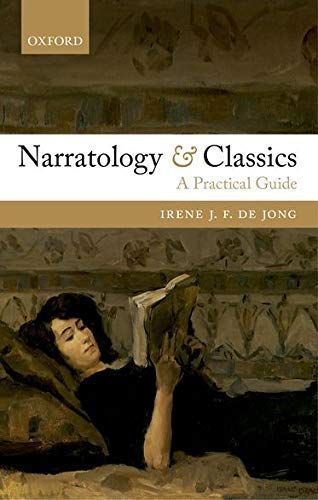
Narratology and Classics A Practical Guide
Narrative is an important element in our daily life and the novel is arguably the most popular genre of our times. The theory of narrative or narratology, which was developed in the 1960s, has helped us towards a better understanding of the how and why of narrative. Narratology and Classics is the first introduction to narratology that deals specifically with classical narrative: epic, historiography, biography, the ancient novel, but also the many narratives inserted in drama or lyric. The first part of the volume sketches the rise of narratology, and defines key narratological terms, illustrated with examples from both modern novels and Greek and Latin texts. Among the topics discussed are the identity of the role of narrator and narratees, tales within tales, metalepsis, temporal devices such as prolepsis and analepsis, retardation and acceleration, repetition and gaps, focalisation, and the thematic, symbolic, or characterising functions of space. The second part of the volume offers three close readings of famous classical texts and shows how the interpretation of these texts can be enriched by the use of narratology. The aim of this practical guide is to initiate its readers quickly into a literary theory that has established itself as a powerful new instrument in the classicist's toolkit. All concepts are clearly defined and illustrated from Greek and Latin texts, and detailed bibliographies at the end of each chapter point the way to theoretical studies and to further narratological studies of classical texts.